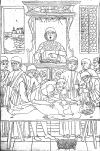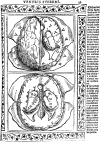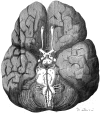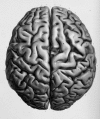A brief history of topographical anatomy
- PMID: 27278889
- PMCID: PMC5341593
- DOI: 10.1111/joa.12473
A brief history of topographical anatomy
Abstract
This brief history of topographical anatomy begins with Egyptian medical papyri and the works known collectively as the Greco-Arabian canon, the time line then moves on to the excitement of discovery that characterised the Renaissance, the increasing regulatory and legislative frameworks introduced in the 18th and 19th centuries, and ends with a consideration of the impact of technology that epitomises the period from the late 19th century to the present day. This paper is based on a lecture I gave at the Winter Meeting of the Anatomical Society in Cambridge in December 2015, when I was awarded the Anatomical Society Medal.
Keywords: Galen; Harvey; Renaissance; Vesalius; dissection; legislation; technology.
© 2016 Anatomical Society.
Figures










References
-
- Afif A, Mertens P (2010) Description of sulcal organization of the insular cortex. Surg Radiol Anat 32, 491–498. - PubMed
-
- Agrawal A, Kapfhammer JP, Kress A, et al. (2011) Josef Klingler's models of white matter tracts: influences on neuroanatomy, neurosurgery, and neuroimaging. Neurosurgery 69, 238–252. - PubMed
-
- Aird WC (2011) Discovery of the cardiovascular system: from Galen to William Harvey. J Thromb Haemost 9(Suppl. 1), 118–129. - PubMed
Publication types
MeSH terms
LinkOut - more resources
Full Text Sources
Other Literature Sources
Medical

